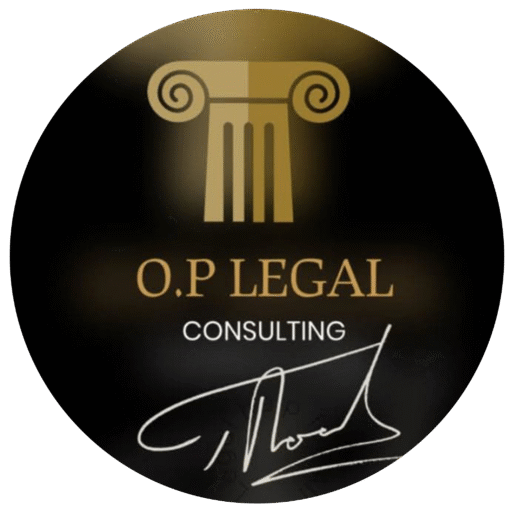Environmental Litigation Risk Assessment for NESREA Compliance
October 2, 2025Litigation Risk in Smart Contract Auditing
October 4, 2025Running a business comes with risks, and one of the biggest is the potential for lawsuits. Litigation can drain time, money, and resources, so spotting issues early is critical. By identifying potential litigation triggers in your business operations, you can take steps to address them before they escalate. Below, we outline seven practical ways to spot these risks, written in plain language to help business owners stay proactive and legally protected.
1. Monitor Employee Complaints and Workplace Policies.
Employee-related disputes are a common source of litigation. Issues like unfair treatment, harassment, or wrongful termination can lead to lawsuits if not handled properly. To spot potential triggers, regularly review employee complaints and ensure your workplace policies are clear and up-to-date. For example, a vague policy on workplace behavior could lead to misunderstandings and claims of discrimination. Conduct regular training and keep an open-door policy for employees to voice concerns. Staying proactive about employee relations can help you avoid costly legal battles.
2. Review Contracts for Clarity and Compliance.
Contracts are the backbone of business operations, but poorly drafted agreements can spark disputes. Ambiguous terms, missing clauses, or failure to comply with legal requirements can lead to litigation. To avoid this, regularly review contracts with suppliers, clients, or partners. Ensure they include clear terms on payment, delivery, and dispute resolution. Consulting a legal professional to audit your contracts can help spot gaps that might trigger lawsuits. Clear, compliant contracts reduce the risk of misunderstandings and legal claims.
3. Keep Accurate Financial Records
Financial mismanagement can invite lawsuits from investors, partners, or regulators. Inaccurate records, late tax filings, or unclear financial reporting can signal trouble. To spot potential litigation triggers, maintain detailed and accurate financial records. Use reliable accounting software and conduct regular audits to catch errors early. Transparency in financial dealings builds trust and reduces the chance of disputes. If a partner or investor questions your financial practices, solid records can help you avoid legal escalation.
4. Watch for Customer Complaints and Product related issues
Unhappy customers can quickly turn into plaintiffs if their concerns are ignored. Complaints about product quality, service failures, or unmet expectations can lead to lawsuits, especially if they involve safety or false advertising claims. To spot these triggers, monitor customer feedback closely through reviews, surveys, or social media. Address issues promptly and ensure your products meet safety and quality standards. Clear communication with customers about what they can expect reduces the risk of legal action.
5. Stay Compliant with Industry Regulations
Every industry has rules, and failing to follow them can lead to lawsuits or penalties. Regulatory violations, such as improper labeling, workplace safety issues, or environmental infractions, are common litigation triggers. To avoid this, stay informed about the regulations that apply to your business. Conduct regular compliance checks and train your team on legal requirements. If you’re unsure about compliance, consult a legal expert to review your operations. Staying on top of regulations helps you avoid costly legal trouble.
6. Protect Intellectual Property and Data Privacy
Intellectual property (IP) disputes and data breaches are growing risks for businesses. Using someone else’s trademark or failing to secure customer data can lead to lawsuits. To spot potential triggers, ensure your business has proper IP protections, like trademarks or copyrights, and avoid using materials without permission. For data privacy, follow the law on IP protection and use secure systems to protect customer information. Regular audits of your IP and data practices can help you catch issues before they turn into legal problems.
7. Maintain Clear Communication with Stakeholders
Miscommunication with partners, investors, or employees can spark disputes that lead to litigation. For example, unclear expectations with a business partner about profit-sharing can result in a lawsuit. To avoid this, prioritize clear, written communication in all business dealings. Document agreements, decisions, and discussions to avoid misunderstandings. Regular check-ins with stakeholders can also help catch potential issues early. Clear communication builds trust and reduces the chance of legal conflicts.By staying vigilant and addressing these seven areas—employee relations, contracts, financial records, customer feedback, regulatory compliance, IP and data privacy, and stakeholder communication, you can spot potential litigation triggers early.
Taking proactive steps, like consulting legal professionals or conducting regular audits, can protect your business from costly lawsuits. Stay informed, keep clear records, and address issues promptly to keep your operations legally sound.

